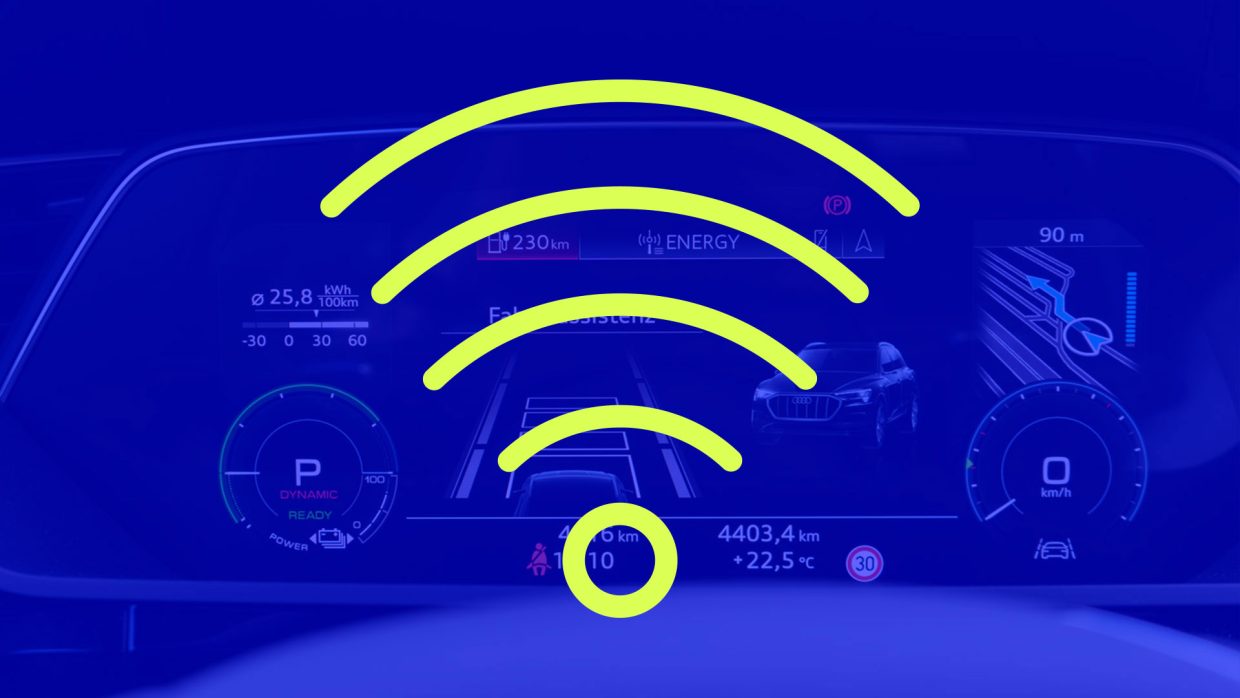The transition towards electrification in the automotive industry, driven by both regulatory mandates and manufacturers‘ internal targets, particularly affects the eTruck sector. In response to EU fleet emission targets and OEM electrification goals, there is a pressing need for the expansion of charging infrastructure to support the increasing demand for electric vehicles (EVs). The EU’s stringent emission reduction targets for trucks necessitate the adoption of zero emission vehicles by Original Equipment Manufacturers (OEMs). Failure to comply with these targets could result in significant penalties, pushing OEMs towards greater electrification of their product portfolio. Additionally, national initiatives, such as subsidies for eTrucks and charging infrastructure, play a vital role in facilitating this transition. For fleet operators, eTrucks also offer the opportunity to reduce costs over the life cycle of the vehicles by using low-cost, self-generated electricity.
The Alternative Fuels Infrastructure Regulatory (AFIR) sets out minimum targets for charging infrastructure expansion, emphasizing the need for dedicated eTruck charging hubs. These targets, coupled with technological advancements like the Megawatt Charging System (MCS), aim to accelerate the deployment of high-power charging infrastructure for commercial vehicles.
Despite the potential of the eTruck charging market, challenges remain, including lengthy approval processes for grid expansion and high initial capital expenditures for grid connection and charging infrastructure installation. However, synergies with passenger car electrification efforts offer opportunities for cost reduction and knowledge exchange, driving efficiency in the market. Forecasts indicate significant growth in this market, with projections suggesting 45.000 public and 235.000 depot charging points in the EU by 2030. As the market evolves, factors such as Total Cost of Ownership (TCO) and space constraints at highways will become increasingly critical considerations.
Overall, strategic collaboration between policymakers, industry stakeholders, and infrastructure developers is essential to overcome challenges and capitalize on the vast potential of the eTruck charging market, thereby advancing the electrification of commercial transportation and contributing to sustainable mobility objectives.
Download the complete whitepaper on the top 10 influencing factors on the eTruck charging market here:






